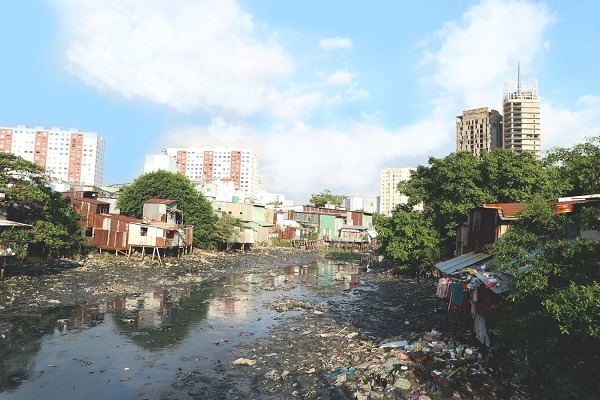Every environment in the home – especially the kitchen and bathroom – contains substances that are hazardous to the human body. Through the slow or rapid transmission of harmful toxins, bacteria, or viruses, the human immune system is placed at risk.
An essential message to keep in mind is that prevention is better than cure. When it comes to contamination of surfaces, water, and air, it is difficult and may even be impossible to fully decontaminate some areas. Prevention is one of the most important reminders of this article, and a wake-up call for those whose hygiene may be at all neglected in the home.
This article will explore some of the most common ways that you can protect your home from different types of contamination. As there are endless sources of pollution and contaminants, we will focus on the most common.
Water Contamination
Thousands, if not millions, individuals have been impacted by poor water quality, yet harmful chemicals in the water remain a threat. Water contaminants that can impact our health vary widely, from industrial waste, agricultural runoff, waterborne pathogens, pesticides, to naturally occurring substances like fluoride and other heavy minerals, and water additives used to control microbe growth.
Though many of us do not question whether the water from our taps is safe to drink, we should… Milder symptoms of contaminated water include nausea, diarrhea, and vomiting. But, more severe illness could lead to birth defects, endocrine disruption, liver damage, and even cancers.
Evidence shows that most water contaminants need to be tested, but if it looks, smells, or tastes unusual or bad, you will need to report for testing. If you live in the Florida area and are concerned about the quality of your drinking water, there are companies that offer free water analysis. If you are on the lookout for Tampa water filters, there are many reputable companies producing advanced filtration systems. Technology has improved the world in many ways, including water filtration. Give yourself peace of mind and look into a product that could reduce likely harm for you and your loved ones.
Air Pollution
With some data sets reporting up to 45 chemicals in a gram of dust, the potential harm from carpets, rugs, sofa, and pillows is greater than what many people realize. The sources of indoor chemicals originate from personal hygiene and other cleaning products, fragrances, and volatile organic compounds (VOCs) – like carpet adhesives and lead from paints.
It is especially important if you have children who spend more time on the floor and closer to dusty materials, to ensure your living area and bedroom are well-ventilated, dry, and clean.
Did you know that in 1989, NASA started studying which houseplants could best filter the air in an enclosed indoor environment? Some of the plants proven to clear substances like benzene and formaldehyde are peace lilies, rubber plants, Bamboo plants, Chrysanthemums, Dracaenas, and Spider plants. Cleaning your indoor space has never been easier!
Dirty Surfaces
You may have heard that your dish sponge is the filthiest item in your house. Riddled with up to thousands of bacteria and other foodborne pathogens, you can kill sponge bacteria by wetting the sponge and simply placing it in the microwave for 1-2 minutes. During regular use, remember to squeeze it out and allow it to air dry between each use.
To clean your surfaces, use an EPA-approved disinfectant, if possible. In your kitchen, this is essential as there are many hands that are touching surfaces throughout each day. Other surface areas to pay attention to are a cutting board used for raw meat, your bathroom countertops, the toilet handle, doorknobs, as well as light switches.
Remain Hygienic
If you work on a construction site or are exposed to hazardous materials at work, it is highly recommended that you begin enforcing a hygiene protocol for your family. You may not realize you are carrying dangerous chemicals on your equipment or work clothing, but they could be impacting the health of your loved ones at home.
Separate work and non-work clothing if your job could place your family at risk of hazardous materials, like asbestos, lead, or beryllium. Additionally, store your working materials and equipment safely, preferably away from your living areas.
Do your research on the likely hazards in your home and invest in some hygiene-promoting products and habits. Implementing some simple rules for your family is the best way to make hygiene your routine, such as washing hands upon entry into the home. Some of the simple measures are the most effective prevention tools, just remember that consistency is key!

